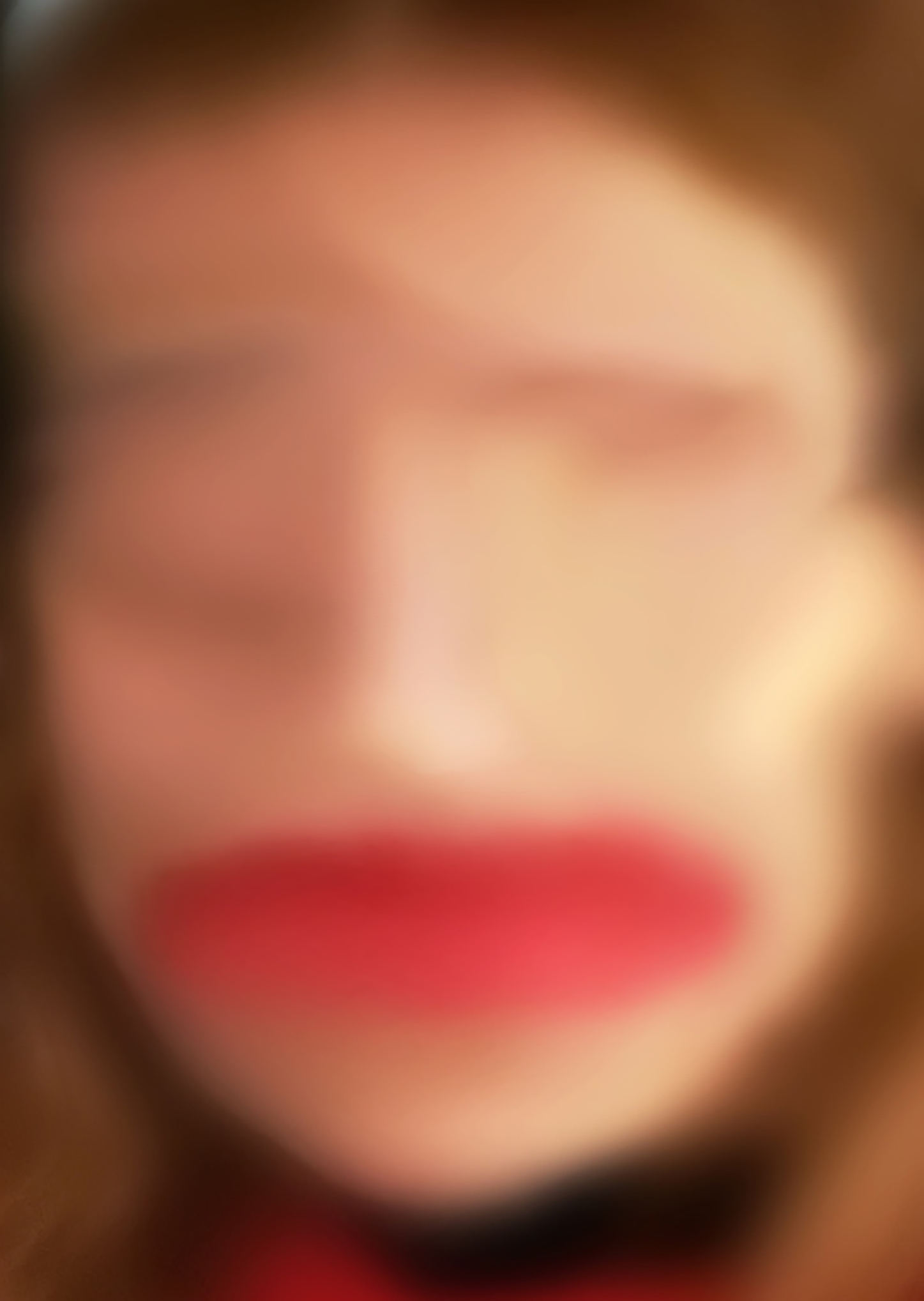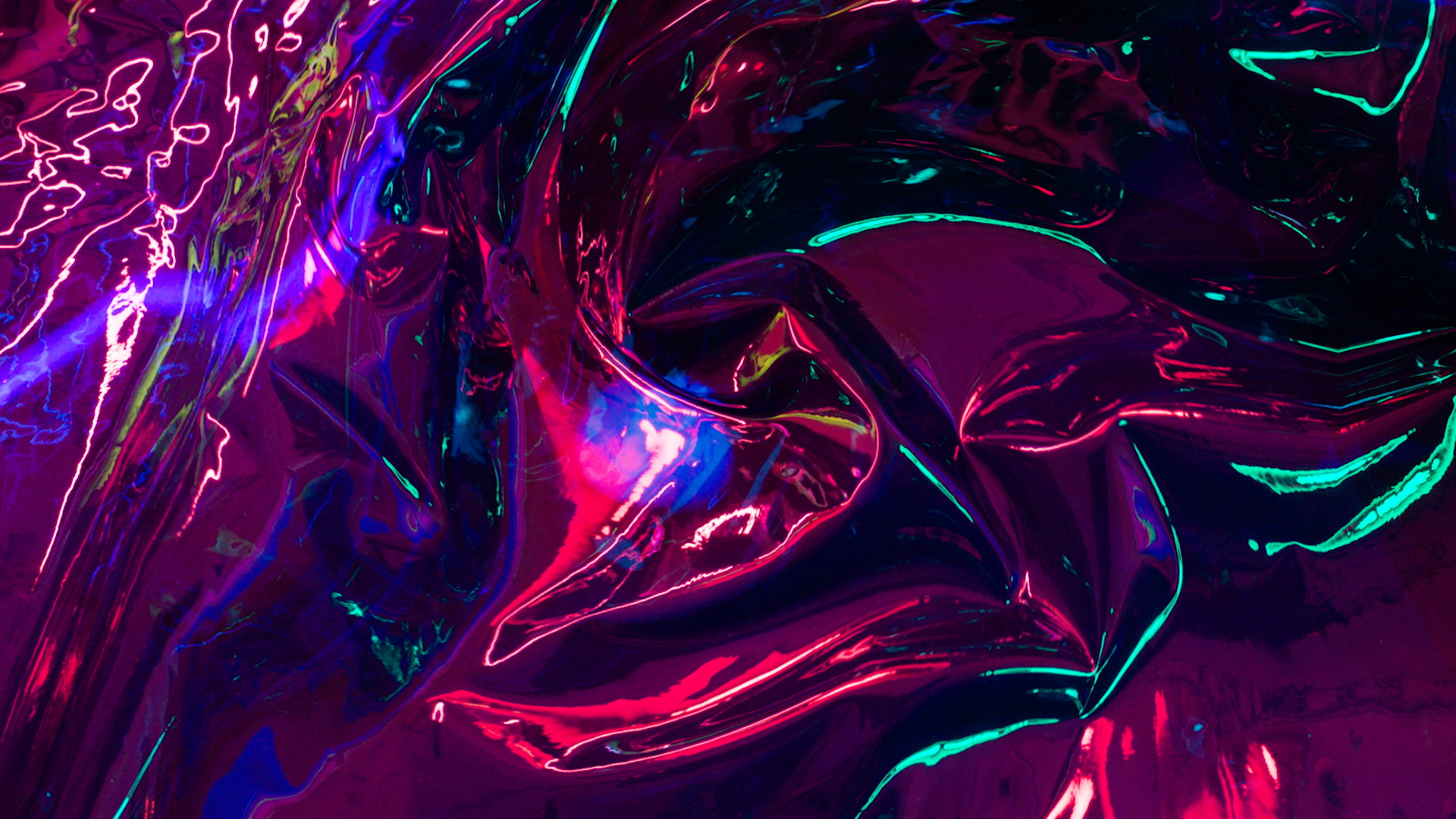Signe Pierce is interviewed by Amar Priganica and Marie-Claire Gagnon for PW-Magazine where they discuss what it means to be alone in the age of global connectivity.
Signe Pierce: iPhones and Barbie Jeeps
By Marie-Claire Gagnon and Amar Priganica
In her current exhibition Virtual Normality, venus flytrap Signe Pierce lures us into a world of vivid neon colors and broken screens. PW-Magazine talked to the artist, who is using femininity as a device to criticize the cult of gender perception.
New York based reality artist Signe Pierce uses her body, camera lens and surroundings to make films, performances, photographs and web-based works with a singularly flashy neon, urban aesthetic. Through her work, she posits questions regarding gender, identity, sexuality, and the perception of reality within an increasingly digital society.
After exhibiting and performing at MoMA (NY), Palais de Tokyo (Paris) and the Museum of Contemporary Art in LA, she recently transformed the Viennese Galerie Nathalie Halgand into a neon dream under the title VIRTUAL NORMALITY.
Amar Priganica and Marie-Claire Gagnon met Signe Pierce to discuss her approach to feminism, being vulnerable online and why she doesn’t agree with post-modernism.
You were doing a 24-hour live stream during the opening of your current exhibition Virtual Normality at Galerie Nathalie Halgand. What was the motivation behind this?
I just wanted to see what it feels like to put myself through something intense for 24 hours. The show is dealing with what it feels like to be inside this spectrum of hyper-mediation. Even when you’re all by yourself, you’re technically never really alone because there’s always somebody else on the other side of the screen. And now that we have this live streaming technology, we can all be the star of our own Truman Show. I’m interested in what that can do to a persona and our perception of reality.
Do you ever get sick of putting yourself out there on the internet? Is it hard to separate work from life? In a way you do make yourself vulnerable when sharing so much online.
I honestly don’t get sick of it, because right now this is very much a muse to me. This idea of exploring is something I enjoy a lot and it’s also something that really motivates me. As a contemporary artist and thinker, I’m really interested in all this new technology and the way it’s shaping our perception.
But depending on how deep I go into the matrix, I think it could get kind of alienating and that’s something I’m very conscious about. It’s really important to remain an element of privacy. Who I am online is a hyper characterization of who I am in my private life. I play out different parts of my personalty when I’m performing and I remain a special part of privacy that I will never put online. And this part of me is reserved to my personal relationships. When the cameras are on though, my work becomes an extension of myself. So it’s part of an ongoing performance that is my life.
How did you get into working with new media? You do have quite a traditional arts education. How did you start making art and how did it turn into what you’re doing these days?
I studied photography at the School of Liberal Arts in Manhattan and I really got into this mindset of questioning what art really is. In New York, you’re surrounded by all these great institutions and some of the biggest artists in the world. But that’s kind of intimidating, to be honest. Like how would my camera work speak to all of these masterpieces? After I graduated, I got an internship at the Metropolitan Museum of Art, which was daunting. It just added to the intimidation and I felt like I didn’t belong there. Meanwhile, I spent a lot of time thinking about the concept of post-modernism, which deals with the idea of everything having been done before. Nothing is new in the age of mechanical reproduction, nothing is original – and that was driving me crazy. But my breakthrough moment was when I realized that the phone I was holding and social media in general have never existed before today. And therefore: how can we say that it’s all been done?
The iPhone is turning 10 this year, which is crazy! A decade ago, getting your hands on a phone like this was unreal and now it’s become so rooted in our world. And that’s what Virtual Normality is about – the normalization of the virtual real and how rapidly that’s happening.
You use feminine aesthetics a lot and you also present yourself in a hyper-femme way. Can you tell us why you choose these forms of expression?
Gender performativity is a very big deal for me and the type of work I’m making. What I’m doing is using femininity as a device to criticize the cult of gender perception. I’m presenting myself in a hyper feminine way as a means to subvert the way that femininity is sold to us from a seriously young age.
Pink and purple are colors that I use a lot in my work. It’s a way of re-appropriating something that is sold to us from birth. These colors are often demeaned by people saying they’re ‘girly’. And the word girly is often associated with weakness. I like to take these colors and pair them with a strong persona and reclaim some of the things that have been devalued in society.
Earlier this year I was driving down Times Square in a BARBIE JEEP, wearing a Gucci dress. The toy car was very slow and this is a metaphor for how slowed down being a woman inherently is. There are all types of traps set out for us to not get as far in life. I was born into this body and I like to play up certain aspects of myself to ensnare the male gaze or the people who uphold patriarchy. And to me that means dying my hair blonde and playing this porny barbie doll. I like to play the venus flytrap. I’ll present this very pretty, fun, flirty girl and once I have the attention, I like to snap back and serve some element of politics or ideology.
So in a way, you’re trying to reach out to the people that normally wouldn’t want to deal with feminism by luring them in with their desires?
If you’re talking to a troll, Trump supporter or right wing conservative person about feminism, the last word you should use is feminism. They won’t listen to you if you’re using a word that is alien or wrong to them. So you have to find other avenues to get these ideas onto the pallet of people who would never seek it out. And that’s why I think American Reflexxx is kind of a cool example of how that worked. We went outside of the queer performance art bubble and did some queer performance art in the middle of America and people were seriously enraged and shocked by it. They were questioning gender and questioning who I was. Am I trans? Am I a man or a woman? What does this mean? Eventually it ended up getting on Fox News, so like seriously conservative news periphery. And an important part of being an artist is trying to find ways of getting your ideas to people who would normally never want to listen to them.
You once said that your number one dream is to have a camera implanted into your eye. That’s almost like what google tried to do with their glasses. But that was a flop – why do you think it didn’t work out?
That’s true and I think that bionic technology is very much going to be a huge aspect of the very near future. If these things become popular, we need to develop ethical and moral codes within these new technologies. Or there needs to be a laser to let other people know when you’re recording. Otherwise it’s devious and not consensual. It’s just suspicious when you’re aware of the fact that someone is wearing glasses with a camera integrated in it, it’s kind of freaky. And I think that’s one of the reasons why google glass failed. Also it looked really dorky and people probably weren’t ready for that next step yet. Maybe it was too new, that concept was too scary for the consumer. Nevertheless, I’m interested in whatever new technology will be able to make me take my work to the next level.
You recently did a music video with Big Sean. Are you interested to keep on collaborating with musicians? Who are some of the people you’d dream to work with?
Being able to do things like that is a really cool aspect of being a visual artist and something I definitely want to continue. I’ve been a lot into Rihanna lately and it would be so cool to work with her, she’s such a badass bitch. I’d also love to work with Kanye – he’s such a barometer of taste level and I do think that he’s an incredible artist. I mean he has a lot of issues but for me that just goes together with being a truly great artist. There are problematic aspects to every great artists work.


